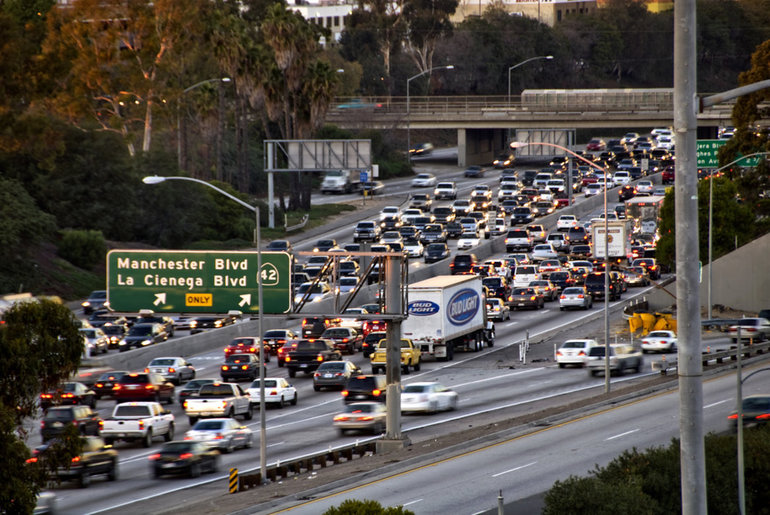Also discussed here: Beyond Congestion Pricing: Reducing Traffic Problems by Changing People’s Commuting Habits (Tod Newcombe, Governing, Jun. 4, 2014)
And here: Urban Engines
Today we review an article that suggests that the solution to reduce traffic congestion is to offer drivers incentives to not drive at peak volume times, based on a statistical analysis of driving behavior and timing of rush hours. Smart cards can be used not only for incentives but also as a source of information about hot spot frequency and location.

Key Quotes:
“We attack urban congestion with a combination of insights about the underlying traffic model and incentives to shift behavior,” “Paying people to not travel at peak hours has proven very effective,”
“In a pilot project conducted in Banglore India, where traffic congestion has reached epic levels, incentives involving lottery tickets convinced a respectable 17 percent of commuters to shift their travel time away from peak hours.”
“Urban Engines has worked with transit agencies in three cities – Singapore, Sao Paolo and Washington, D.C. – using data from smart cards to create a data model for spatial analysis. The smart cards also provide a mechanism for incentives. Train passengers could be offered discounts on their cards if they used them during nonpeak time periods”
“It’s useful to know how, when and where the congestion hotspots occur…That leads to a better understanding of how supply is used and making the supply more flexible…..If you make supply more responsive to demand or incentivize the demand, you can change commuting behavior,”










No comments:
Post a Comment